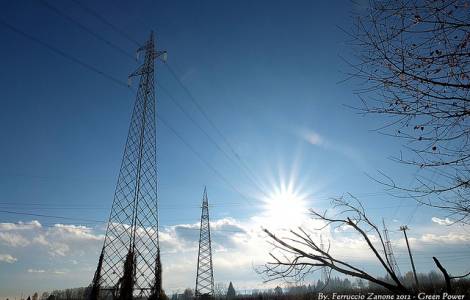
Ferruccio Zanone
Plan Grande (Agenzia Fides) - A small fishing village on the Caribbean coast of Honduras has become an example to be followed in renewable energies, after replacing candles and "dirty" costly energy.
Plan Grande is a village of 500 people, the community, Plan Grande, is in the municipality of Santa Fe in the northern department of Colón, and can only be reached by sea, after a 10-hour, 400-km drive from Tegucigalpa on difficult roads to the village of Río Coco on the Caribbean coast. From Río Coco you take a motorboat the next morning, which takes 20 minutes to reach Plan Grande.
Fishing and farming are the only sources of work in the village, which makes electricity all the more important: in the past, because they couldn’t refrigerate their catch, they had to sell it quickly, at low prices.
The village finally got electricity for the first time in 2004. But it was thermal energy, and for just three hours a week per household with prohibitive costs. Thanks to new rules and schedules set by the villagers to optimise and ration energy use include specific times for watching soap operas, turn on freezers, or use fans.
The change in the source of energy has brought huge advantages. The Plan Grande mini dam is 2.5 km from the centre of the village, along footpaths through a 300-hectare forest that runs along the Matías river, which provides them with electricity. The plant generates 16.5 kilowatt-hours.
The villagers also developed a conservation plan to preserve their water sources and installed cameras to monitor illegal logging and to identify the local. In Honduras there are nearly 9 million people, with an energy demand estimated at about 1,375 megawatts per hour. The energy comes from four sources: hydraulic, thermal, wind power and biomass. Until 2010 the energy matrix of the Country was 70% thermal and 30% renewable. Since 2013, the trend has begun to change and the thermal energy currently accounts for 51% of the total, while the rest is renewable. (AP) (Agenzia Fides 06/10/2015)